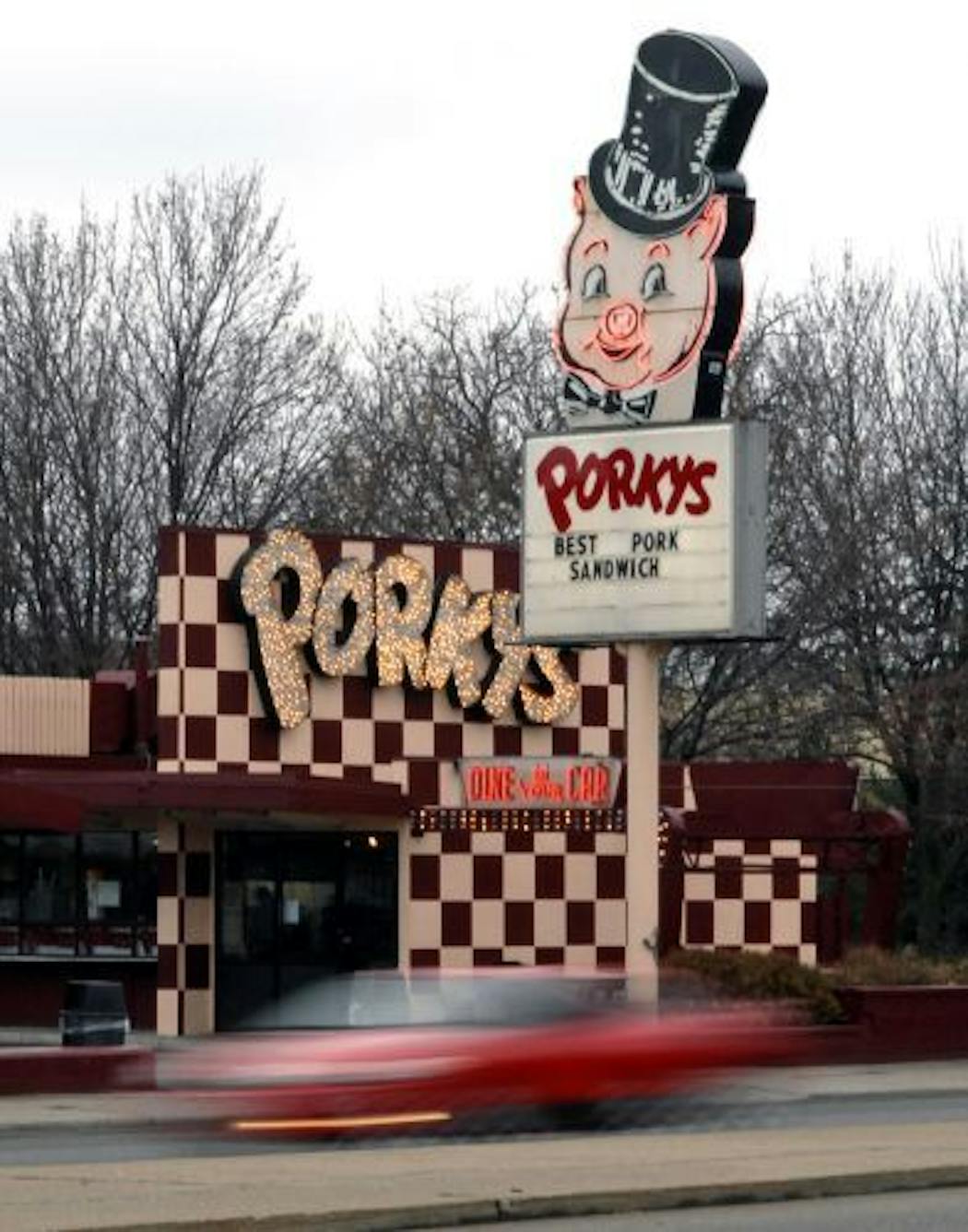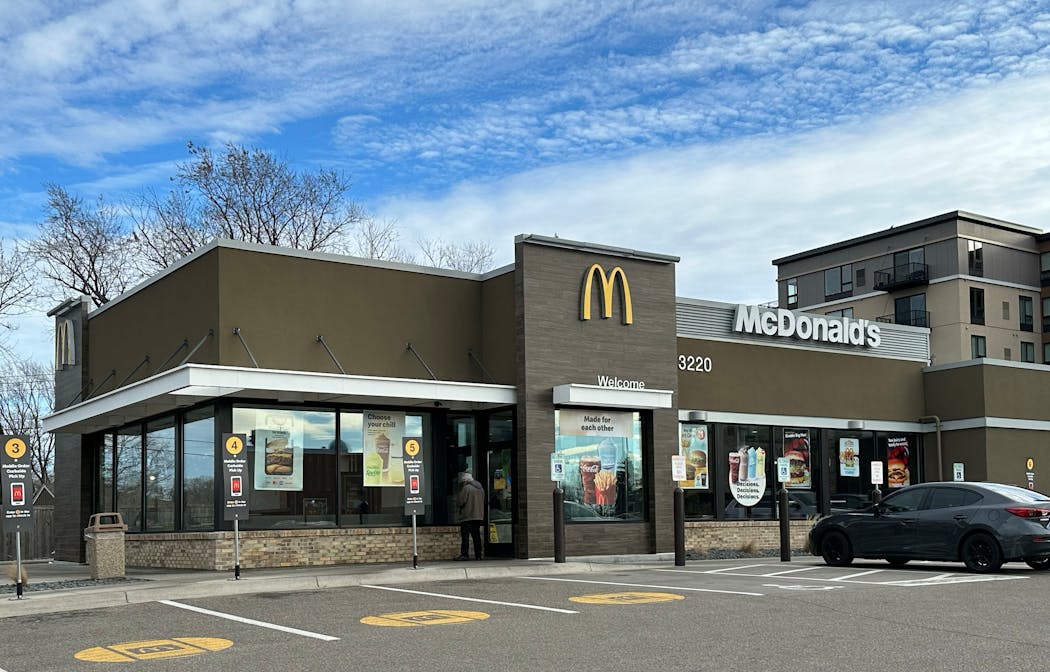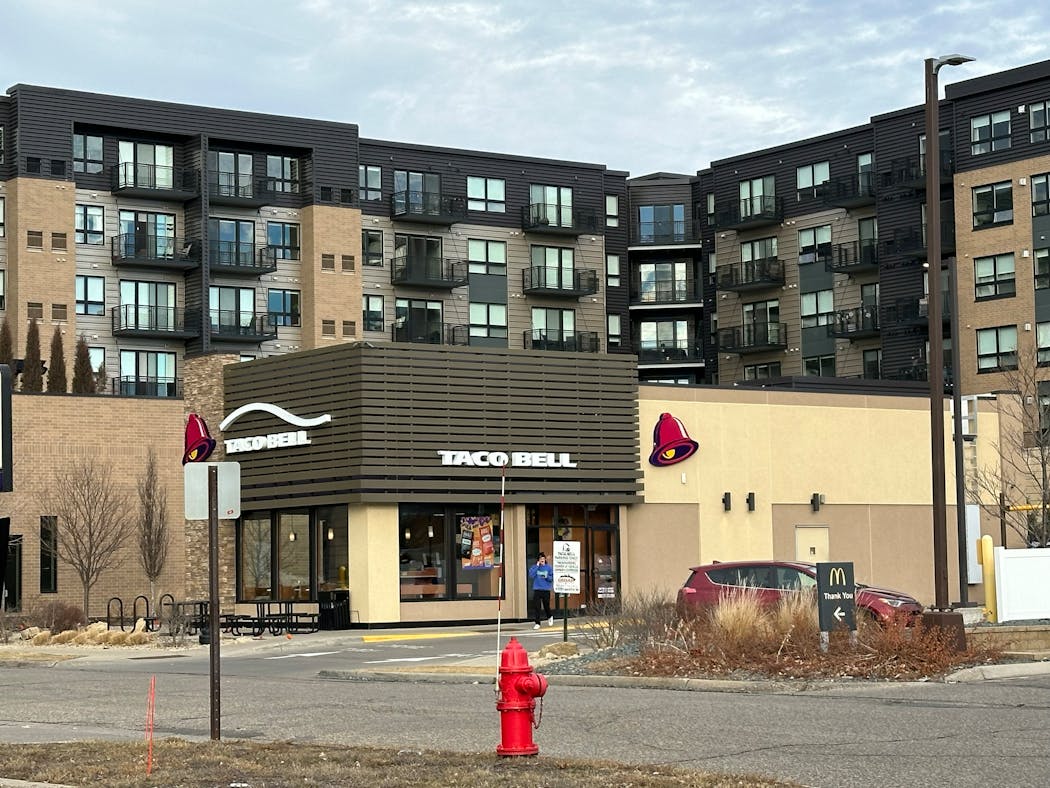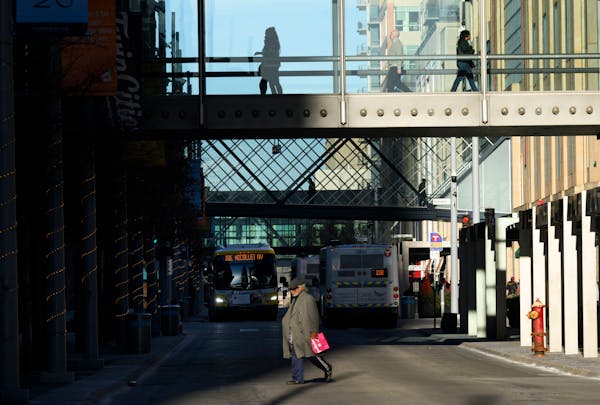The perils of nostalgia are many, but the most common is the suspicion that things were better before. This is also known as "the truth."
At least when it comes to hamburger stands.
If you look at the pictures of old fast-food joints, then compare them with the modern iterations, it's obvious we've not only lost a marvelously garish piece of the suburban streetscape, we've traded commercial exuberance for something dark and dreary.
Old McDonald's had a form, clean and bright and neat. With its slanted glass and its golden arches, McDonald's represented the future, wrapped in enameled white walls, chrome and a dash of red.
Everyone knew what that building meant. Burgers, fries and shakes. You saw those great yellow parabolas from a block away, and you knew: Burgers, fries and shakes. It wasn't a hardware store. It wasn't a florist's shop. Burgers, fries and shakes.
Other chains came along. Sandy's. Henry's. Burger Chef. They're all gone. But each chain had a structure and signage that set it apart — neon logos high on poles, beckoning in the summer twilight.
The apotheosis of the exuberant sign was Arby's, of course. Its signage didn't show a sandwich. It showed an absurdly tall hat. Someone from another culture might wonder why there was a hat advertising roast beef, but if you grew up in America, you just knew.
Back then, you could ask someone, "Where do you want to eat, hat or arches?" And they'd know what you meant.
There were exceptions. White Castle (and its rival, White Tower) went along the same path for a century, with an archaic but distinctive design that had a medieval callback, the crenelated roof. Its buildings were blocky and often quite small, but the distinctive form broadcast what the fast-food chain offered. You saw that kooky little faux castle, you knew what you'd get. And we don't mean indigestion.
The designs of the 1950s and '60s were mostly lost in the '70s, when a wave of modernizations changed the look of fast-food joints across the land. McDonald's was among the leaders, with a heavy mansard roof. It was a popular feature of the times, one that Texaco had inflicted upon its classic gas stations in the late '60s. It would also infect commercial and even residential properties.
The mansard-roof McDonald's looks dated now, terribly dated, in a way that the original design never did. The classic McDonald's, with its imaginative shapes and abstract arches, looked as if it had sprung right out of the American postwar imagination. The mansard roof, a feature imported from 19th-century French architecture, looked like a heavy hand that squashed down on your expectations.
Perfect for the '70s, perhaps.
A few other examples of form-follows-fast-food bear mentioning:
The Red Barn, a small burger chain whose outlets were shaped exactly as the name suggests. Taco Bell, which had an ersatz "Spanish" design inside and out, like a small pueblo plopped on the prairie. Local chain Zantigo went the same route, and you can still find a few of the original buildings.
And now? Fast-food outlets are actually bleak. A McDonald's today looks indistinguishable from a mattress store, a drab low slab in muted colors.
It's no better inside. The old commercials for McDonald's — for all fast-food restaurants, really — featured perky counter help that would cock their head and beam when you showed up, eager to feed you. Now you tap at a screen with your knuckle and wonder if it's robots back there making the grub.
A modern Taco Bell looks the same as a chain coffee shop, or a stand-alone Dunkin's. Or a Subway. Shake Shacks are a uniform gray-black. Only the silver lettering tells you what they offer. Otherwise, who'd know what's in there?
If there's one chain that realizes that what's out in franchise design should actually be in, it's In-N-Out Burger. (We don't have any here.) The buildings aren't distinctive, but the logo is straight out of the '50s, with an arrow, and it's red and yellow, the sacred condiment hues. Johnny Rockets, of course, leans all the way into the retro look, but they have no standalone outlets, just counters and booths where you can cosplay "Happy Days."
Since the current look of fast-food joints can't get any more minimalistic, the pendulum might swing back. We might see the return of playful, ridiculous, eye-catching design again. Sure, whatever it is would look passe in 10 years, get derided for its excess and flamboyance, and then be replaced by something toned down and "sophisticated," which would become the subject of endless boo-hoo nostalgia pieces on YouTube.
That's the best-case scenario. Worst case: More of the same, and as we know, more is less.
Singing, ceremonies and straw hats: Olympics opening ceremony in Tahiti centers Polynesian culture

Three 101-year-old friends recall fond memories in 1940s Alexandria
Celine Dion makes musical comeback at Paris Olympics with Eiffel Tower serenade





